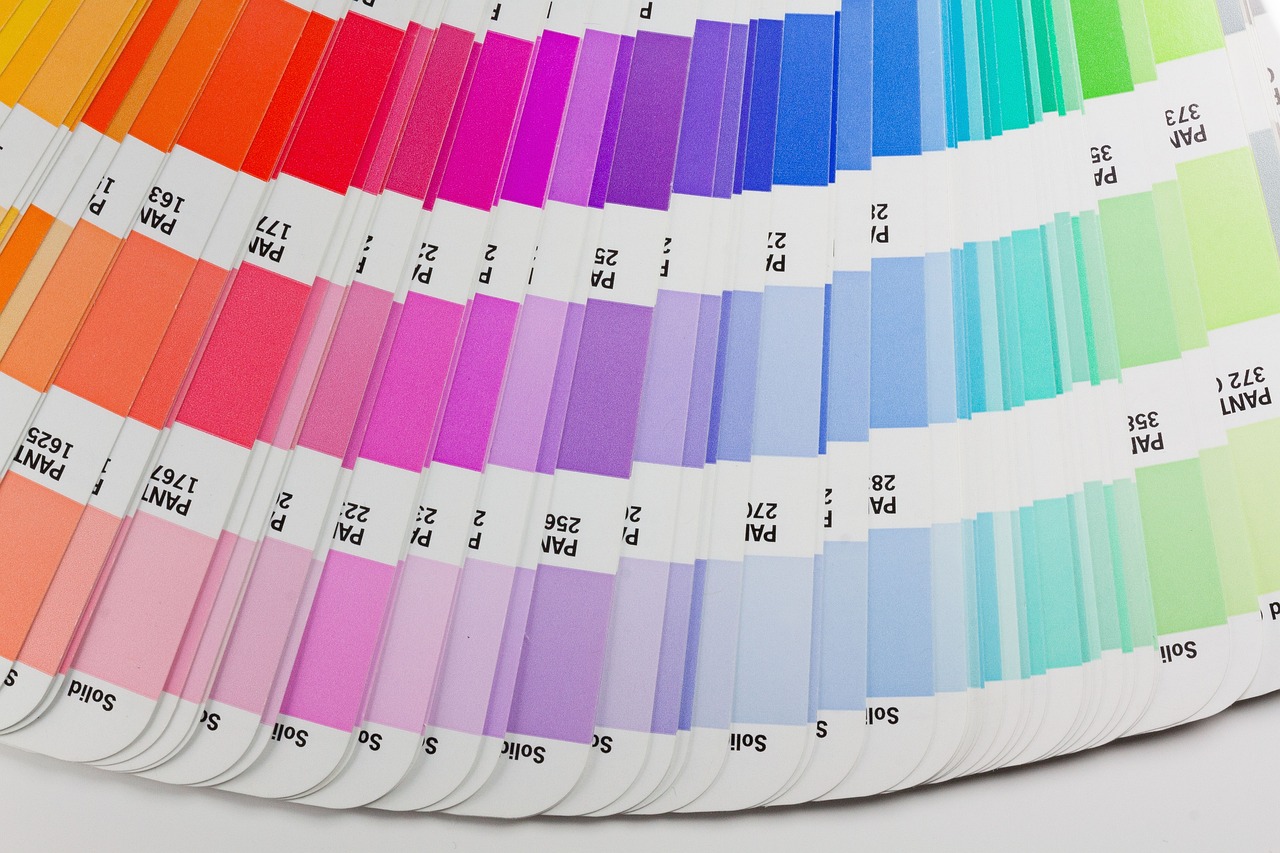Understanding Pigments
Pigments are materials that provide different colours and textures to products. One of the simplest ways to understand What are pigments is by looking at the leaves. The green colour of the leaves is due to the presence of the green colour pigment. Pigments are the colourants used to add colour to various products like food, plastic, fabrics, etc.
Difference between Pigments and Dyes
One major difference between pigments and dyes is their solubility in water. Dyes are soluble in water, but pigments don’t aren’t. Also, the pigments require a blinder to help them dilute in water. Pigments absorb certain wavelengths of light and change the way light transmits through different products. The stability of pigments is great and is easily absorbed by different surfaces.
Pigments have several uses and are majorly used in industries like cosmetics, paints, inks, and plastics. There are two types of pigments based on the formulation organic and inorganic.
Organic Pigments
These have been used for centuries now and these are naturally occurring pigments. These pigments are made of minerals and metals that add provide colour to them.
The strength of the colours provided using these pigments is relatively less. Organic pigments are available in limited colours and shades. They tend to become dull and fade away when exposed to heat and light.
Organic pigments are used less than inorganic pigments because these are expensive. Some synthetic organic pigments are created using coal tars and other petrochemicals. These are much safe and more eco-friendly than inorganic ones.
These pigments are transparent and have a variety of bright colours.
Inorganic Pigments
These are widely used in industries due to their light fastness and wide range of shades. These are opposite to organic pigments and are prepared chemically in labs. Inorganic pigments are also known as synthetic pigments.
These are less soluble in water and are opaque. These are less expensive than organic pigments. They are best suited for plastic industries. One of the major drawbacks of using inorganic pigments is their hazardous impact on human health and the environment.
Unlike organic pigments, inorganic colourants have excellent resistance and the colour does not fade when exposed to heat and light. A wide variety of bright and pastel colours is another key aspect of using inorganic pigments. Since these are chemically created pigments, it becomes easy to alter colours and get what the manufacturer wants.
Organic Vs Inorganic Pigments
Both the inorganic and the organic pigments are different and are used for a variety of purposes. When it comes to choosing the best pigment between the two, do check and compare their properties and consider the material these are to be used on. Here are a few things to consider before choosing the best pigment.
- Colour vibrancy
- Resilience to heat and light
- Opaqueness
Market Trends
Both types of pigments have a large international market. The inorganic pigment market has slowed down a bit due to its harmful nature and ill impacts on the environment. If you wish to buy an eco-friendly colourant, getting organic pigments is the best choice.
